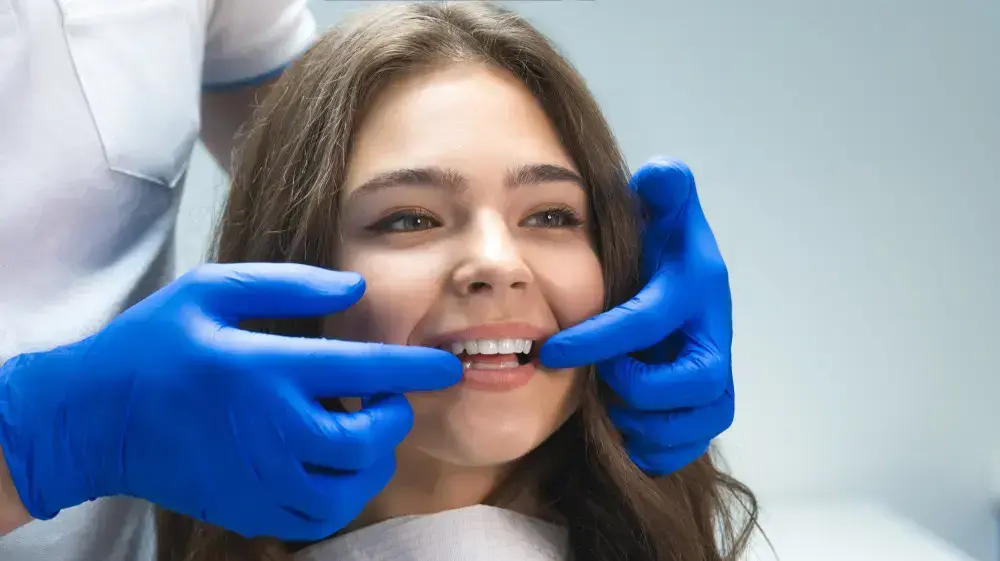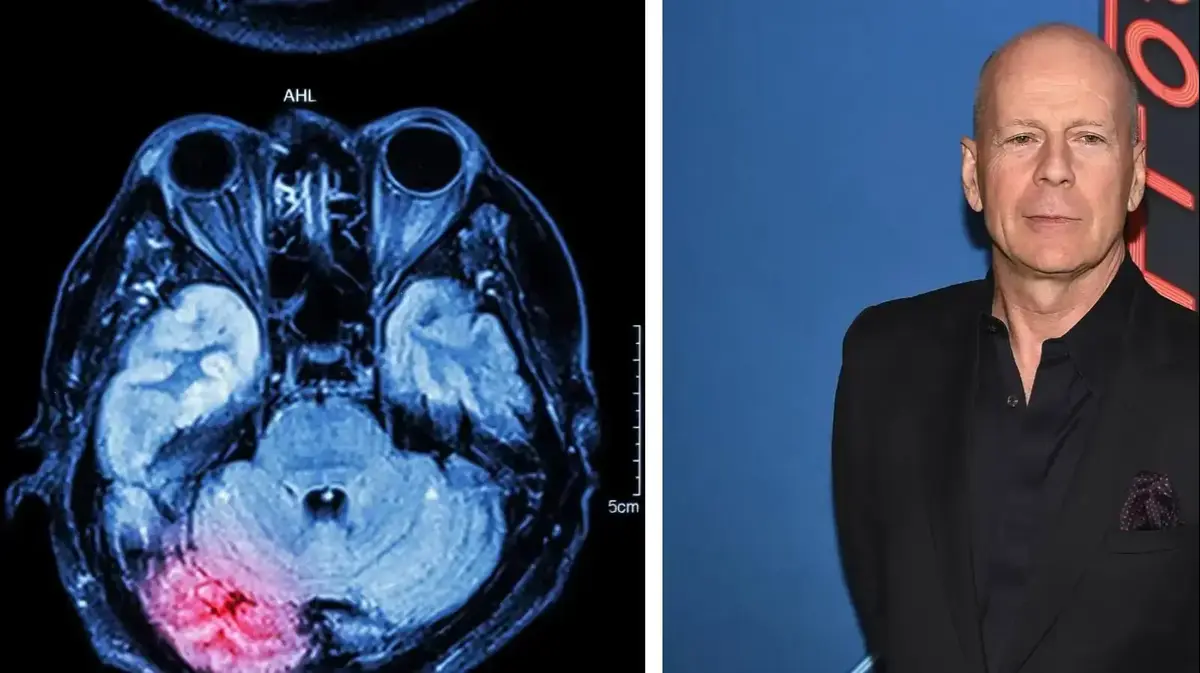The digital revolution in dentistry: immediacy, precision and a winning aesthetic
Digital means dominate every area of our lives and they have not missed the world of medicine, including dentistry.
How has technology changed dentistry and made patients' smiles no less perfect?
Dr. Zeev Metz explains
Dr. Zeev Metz, in collaboration with zap doctors
18/01/2022
Tuesday, 18 January 2022, 11:54 Updated: 12:47
Share on Facebook
Share on WhatsApp
Share on Twitter
Share on Email
Share on general
Comments
Comments
Dr. Zeev Metz has been a dentist for 25 years, and he still remembers the days when technology did not reach the field of dentistry.
Apart from the feeling of discomfort that accompanied the procedure itself, the result was also not entirely accurate.
Already on the way to the lab valuable information was lost due to the formation of a change in the currency material itself: shrinkage or expansion, dehydration or absorption of liquids and the like.
These would create a distortion and the result was a finished work that is about-accurate, "he says.
So how do the technological aids contribute to us?
Dental care (Photo: ShutterStock)
"Today, we have 3D cameras or scanners that photograph the oral cavity accurately and reliably and without distortions. The information transmitted to the technician is immediate and much more accurate, with no possibility of changing the information," explains Dr. Metz, adding that many dental clinics declare the scanner Modern and innovative, in his clinic a 3D scanner has been used since 2009 and a two-dimensional scanner even earlier.
Beyond accuracy and convenience to the patient, how else do the technological aids contribute to us?
" It can shape the future teeth on the computer screen, lengthen or shorten them, thicken or flatten, etc., to create at the end of the process the ideal smile for the patient and then produce the component in temporary or permanent materials, as needed.
Another advantage that Dr. Metz talks about is the uncompromising shortening of treatment time in its quality: "Our very ability to see the patient's problems from every possible angle, to give him the best solution to his problem, actually improves the whole process and shortens it to minimum time and maximum quality. The "
digital world" thus provides speed of execution, from the transfer of details to the laboratory to the fact that the patient can attend at least one session and sometimes even receive the coatings and crowns on the same day.
More on Walla!
Smile for the Future: New Technologies in Dentistry
In collaboration with zap doctors
Model according to customer's choice
Each of us has a picture in our head based on personal taste and the way he would like to see himself and his smile reflected to him in the mirror. Dr. Metz says that in some cases, especially when it comes to dental veneers, the patient can be involved in shaping the future teeth during the imaging phase to achieve the right smile for him. A material that simulates the tooth material, to see what the end result will be. In this way, the patient knows what he is going for and at this stage, if necessary, changes can be made according to his personal taste. "
If in the past the reference to a laboratory technician was literally as a distinct technical function, with a porcelain artist at the end, then today it is a real art from the first moment. "At the production stage, blocks made of different materials (zirconium, reinforced porcelain, fiberglass, etc.) are used, depending on the case. "The accuracy is so perfect that sometimes, as a dentist, I have a hard time identifying which is the natural tooth and which is artificial."
Dr. Metz adds that the production of the tooth is done using a machine, without human contact with maximum precision, almost perfect, so that what is designed in the imaging phase is what is actually obtained. " "Many of the damaged works, which gives the patient a sense of security."
In summary, "the transition to digital has made the process efficient, short, accurate and much more pleasant and safe for the patient," says Dr. Metz, adding:
Dr. Zeev Metz
Phone
: 053-7896964 What
is said in the article is not a substitute for medical advice
health
My health
Doctor, what have I got
Tags
dentistry







